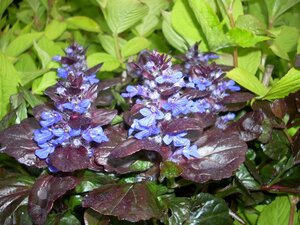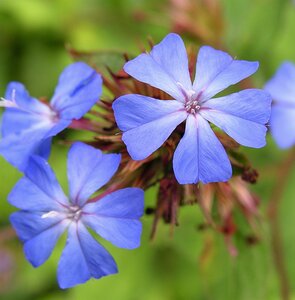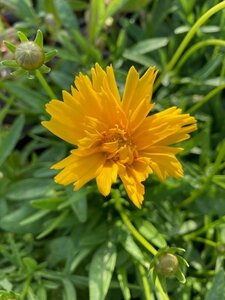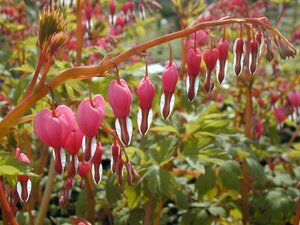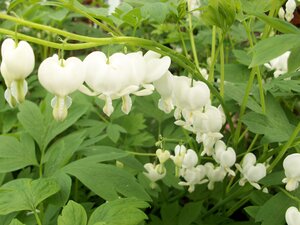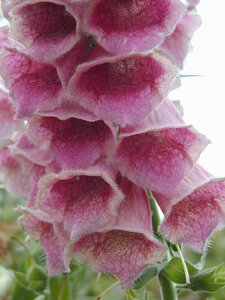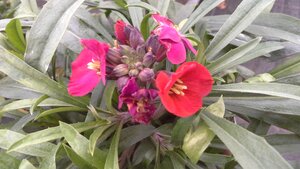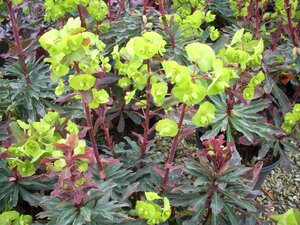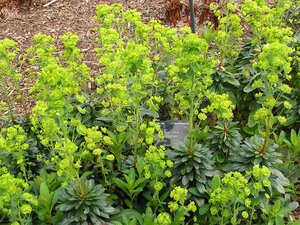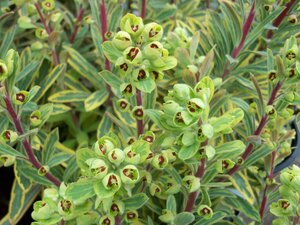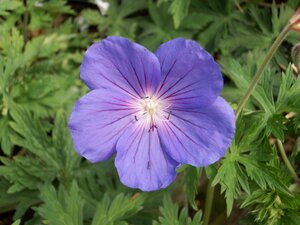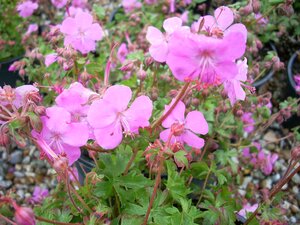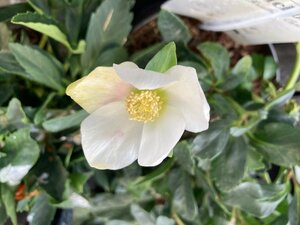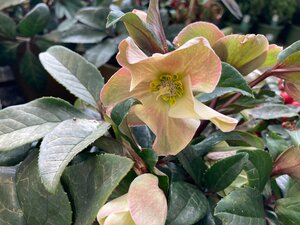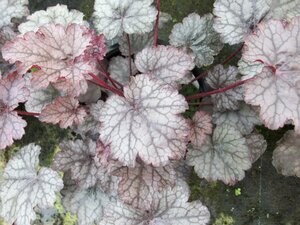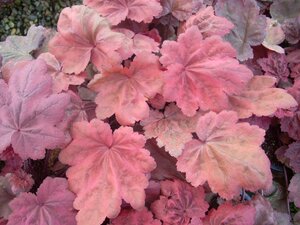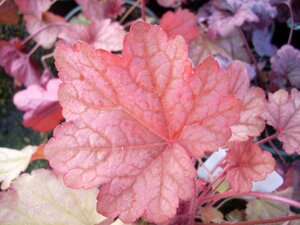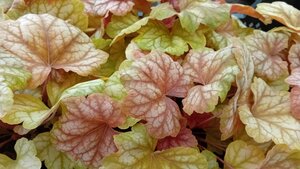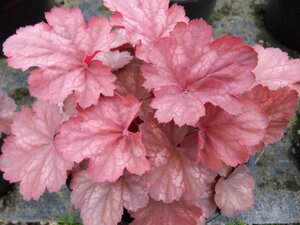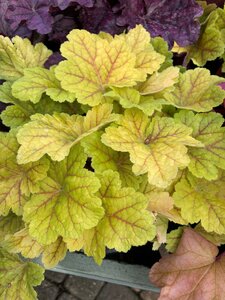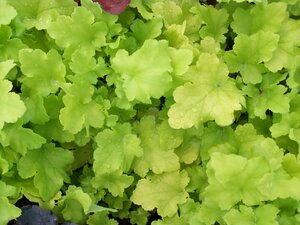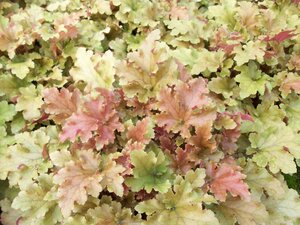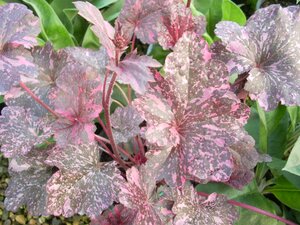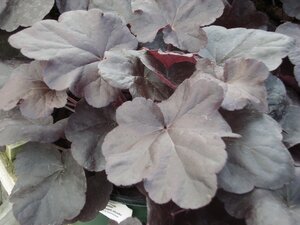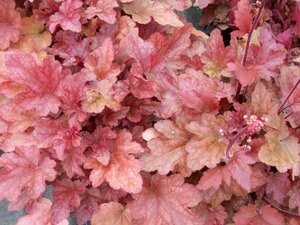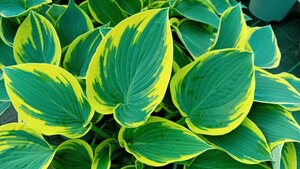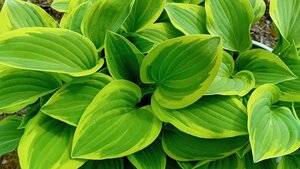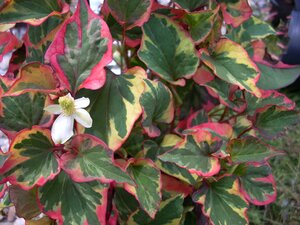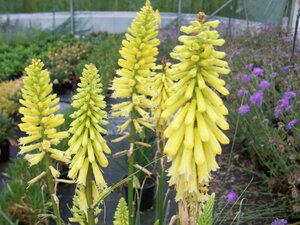Perennials Large
Locally grown in our very own nursery, perennials are hardy, not woody plants, that flower every year. At Thompson's, we pride ourselves on growing a large variety of perennials to give our customers a greater choice for their gardens. We also offer a 3-year hardy plant guarantee, so you can buy your perennials with confidence. For a full range of our perennial varieties please visit your local branch of Thompson's.
Large Perennials are sold in a 2 litre sized pot and are our most established Perennials that we sell here at Thompson's.
Filter products
Tips for Planting Perennial Plants
Perennial plants are a gardener’s best friend. They are easy to grow, require less maintenance, and come back year after year. If you plan your garden wisely, you won’t have to dig up most perennials when they go dormant. You can leave them alone all winter, and they’ll pop back up again in spring as if nothing had happened. Perennials have numerous advantages over annuals or biennials (plants that live for just one season). Most importantly, once established, they require significantly less maintenance throughout the growing season and into the dormant period. Here are some tips on planting more perennial plants in your garden.
Benefits of perennial plants
There are plenty of benefits to growing perennials in your garden.
- They come back every year no matter what. If a perennial is appropriately taken care of, it will keep growing back every year. This is especially useful for colder climates, where growing plants outside for part of the year isn’t possible.
- They are less work. While annuals have to be planted from seed, bought as young plants, and re-potted as they grow, perennials will flower or produce fruit with minimal effort on your part. Make sure to give them proper care, and they will reward you for a long time.
- They are excellent for pollinators. Many perennials are excellent pollinators, like bee balm or borage. Others attract beneficial insects or other creatures that keep pests away.
- They add diversity to your garden. Perennials are great for adding colour, texture and variety to your garden. They are also helpful for creating contrast between different growing environments. For example, you can place plants that prefer drier soil near plants that need more water.
- They are resistant to pests and diseases. Perennials often have built-in resistance to pests and diseases. So, they can often survive in or around your garden without needing to be treated with harmful chemicals.
When to plant perennials
You don’t have to plant perennials all at once. You can plant them throughout the growing season as the opportunity arises. That being said, there are some ideal times to plant perennials, such as the beginning of spring, when all the annual plants are being planted, or the end of fall, when most annual plants go dormant. It’s best to wait for the cooler months, so your plants don’t get stressed out in the hot, sunny weather. Planting perennials at the beginning of the growing season is ideal because the plants will have time to become established before winter. You can also choose to plant perennials in the fall, and they will have ample time to become established before the growing season begins again. If you plant perennials in the late fall, you may have to store them indoors until the weather is warm enough to plant them outside.
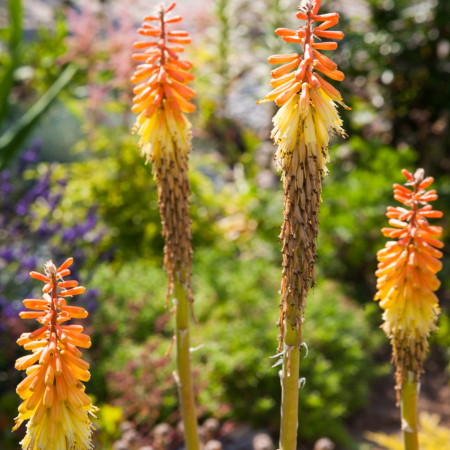
Select the right spot for permanent plants
When choosing where to plant your perennials, you should consider the plant’s mature size and the amount of sunlight it needs. It’s essential to give perennial plants enough space to expand as they grow. Otherwise, they may become stunted or die. It’s also recommended that you choose a different location for the same plant each year to prevent diseases from spreading to other areas of your garden. If you’re unsure where to plant your perennials, it’s best to start with a less ambitious garden and then expand from there once you’ve figured out the best placement for your plants. It’s possible to overdo it when planting perennials, especially if you have a large garden. It’s better to start small and add more plants as you progress than to try and overcompensate for your lack of planning.
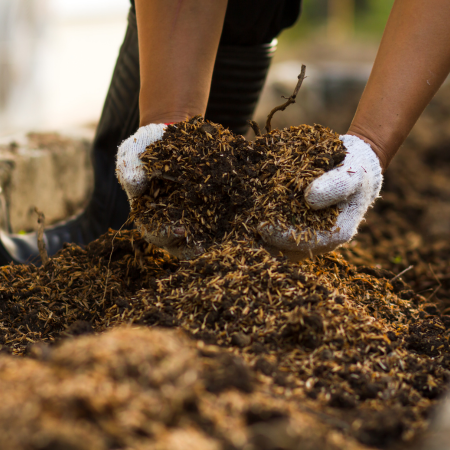
Prepare your soil
Choosing the suitable soil for your perennials will depend on what type of soil you currently have in your garden. If you need to add soil to the garden bed where you plan to plant your perennials, you can do so by mixing your existing soil with topsoil or compost.
- If your soil is mostly clay, you’ll want to add some sand to lighten it up.
- If your soil is mostly sand, you can add clay or compost to give it some substance.
- You can also look into soil-enhancing products such as root boosters or mycorrhizal fungi.
When adding soil to your garden bed, ensure it’s at least 8 inches deep. This will give the roots plenty of room to grow.
Buy perennial plants online
You can purchase various perennials online, such as potted, bare-root, or plug plants. They are excellent for pollinators, add diversity, and require little maintenance. You should check our online range of garden plants to add more perennials to your garden.

